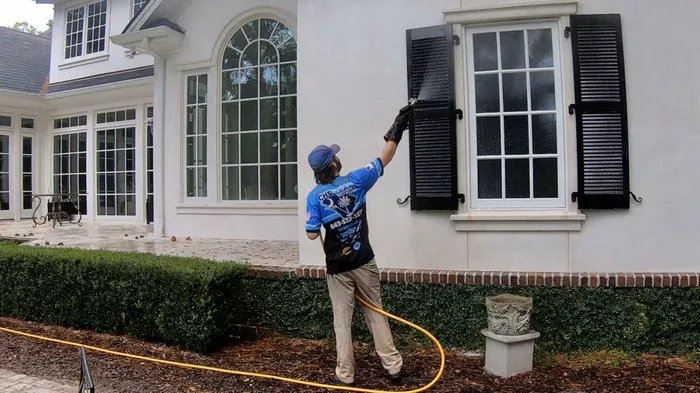High-pressure cleaners, also known as high-pressure water guns or high-pressure water jet cleaners, are devices used for cleaning using high-pressure water flow. The core principle involves compressing water to extremely high pressure through a high-pressure pump and then spraying it out through a nozzle to create a strong water flow, which is used to remove dirt, oil stains, rust, etc., from surfaces.
I. Principles of High-Pressure Cleaners
High-pressure cleaners mainly consist of high-pressure pumps, nozzles, hoses, and control systems. The high-pressure pump is the heart of the entire system, compressing water to a high-pressure state. The nozzle is the outlet of the water flow, and its design directly affects the shape and pressure of the water flow. Hoses connect the high-pressure pump and the nozzle for transporting high-pressure water flow. The control system is used to adjust the pressure and flow of the water to meet different cleaning needs.
II. Methods of Using High-Pressure Cleaners
1. Preparation: First, ensure that all components of the high-pressure cleaner are intact, especially the nozzle and hose. Then, connect the high-pressure cleaner to a water source and ensure that the water source’s pressure and flow meet the equipment’s requirements.
2. Setting Parameters: Adjust the pressure and flow of the high-pressure cleaner according to the material and degree of dirt on the surface to be cleaned. Generally, higher pressure should be selected for hard surfaces and heavy dirt, while lower pressure should be chosen for soft surfaces and light dirt.
3. Cleaning Operation: Aim the nozzle at the surface to be cleaned, maintain a certain distance, and move the nozzle in a certain direction and at a certain speed. During the cleaning process, avoid directly impacting the surface to prevent damage. Also, pay attention to safety to prevent water from splashing onto the eyes or skin.
4. Completion of Cleaning: After cleaning, turn off the high-pressure cleaner, disconnect the water source, and clean and maintain the equipment.
III. Efficiency and Water-saving Techniques of High-Pressure Cleaners
The efficiency of high-pressure cleaners mainly lies in their fast cleaning speed and good cleaning effects. Compared to traditional cleaning methods, high-pressure cleaners can save a lot of labor and time costs. However, water consumption is also a significant concern. To reduce water consumption, the following measures can be taken:
1. Choosing Suitable Nozzles: Different nozzle shapes and sizes affect the shape and pressure of the water flow. Selecting suitable nozzles can improve cleaning efficiency and reduce water consumption. Generally, round nozzles are suitable for large-area cleaning, while fan-shaped nozzles are suitable for localized cleaning.
2. Adjusting Pressure and Flow: Adjust the pressure and flow of the high-pressure cleaner according to the material and degree of dirt on the surface to be cleaned. Excessive pressure and flow can increase water consumption, while too low pressure may affect cleaning effects. Therefore, suitable pressure and flow should be selected based on actual conditions.
3. Recycling Wastewater: In some situations, such as industrial production sites or construction sites, wastewater recycling systems can be used to collect and reuse wastewater generated during the cleaning process. This can significantly reduce water consumption and mitigate the environmental impact of wastewater discharge.
4. Regular Maintenance: Regular maintenance of high-pressure cleaners can ensure their normal operation, reduce failure rates, and consequently reduce water consumption. Additionally, timely replacement of worn parts can improve equipment efficiency.
IV. Conclusion
In conclusion, high-pressure cleaners are efficient cleaning devices, but water consumption is a significant concern. By selecting suitable nozzles, adjusting pressure and flow, recycling wastewater, and regularly maintaining equipment, water consumption of high-pressure cleaners can be reduced, achieving a win-win situation for cleaning and environmental protection. In the future, with the continuous development of technology, it is believed that more water-saving high-pressure cleaners will emerge, bringing new changes to the cleaning industry.

